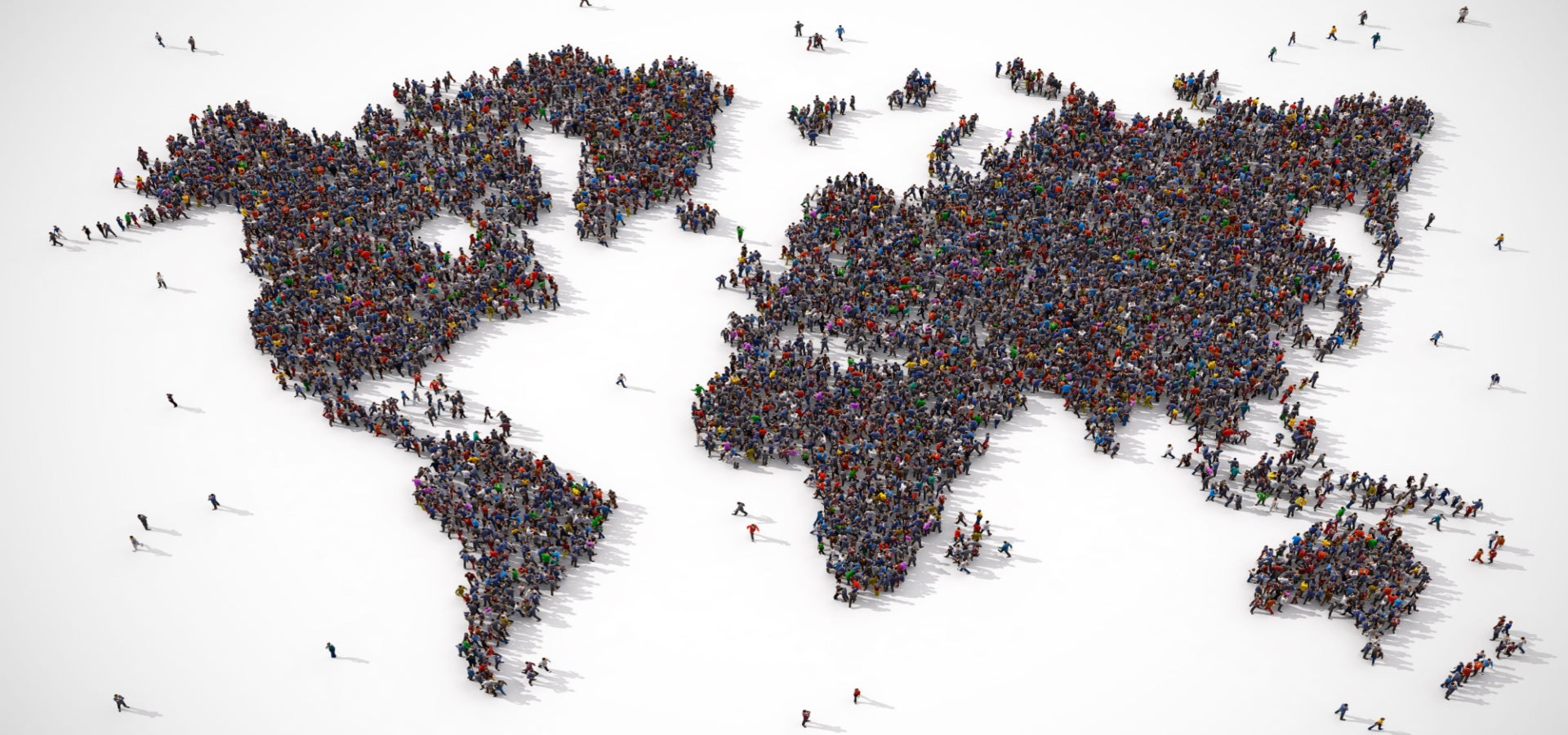
A UN report entitled World Population Prospects 2022 suggests that the world population’s growth is slowing. However, the population of those aged 65 and above is growing more rapidly than the population below that age. This will lead to a ‘demographic dividend’ in the short term in countries where the share of the working-age population is growing. However, disparities in fertility rates around the world mean some countries will suffer more than others.
A slow-growing world population
The UN’s report suggests that the world’s population will surpass eight billion on November 15, 2022. It will then grow to a peak of around 10.4 billion people during the 2080s and is likely to remain at that level until 2100. It is obvious that, in direct contrast to Elon Musk’s tweets, we will not experience a “population collapse” within the next 20 years.
In fact, across sub-Saharan Africa, Asia, Latin America, and the Caribbean, the share of the working-age population is set to rise. With the working-age population making up a larger ratio of the total population, there will be more resources available in the short- to medium-term to boost economic growth and social development, with investments in education, employment, health, etc. This is what we mean by a demographic dividend. These regions, therefore, are set up for strong economic growth in the coming decades.
Aging world populations
Although Elon Musk was not exactly on the money about population collapse, reductions in fertility rates may cause some issues. As a result of fertility rate reductions, the number of people older than 65 is growing more rapidly than the number of under 65s. The populations of 61 countries are also projected to decrease by at least 1% between 2022 and 2050, in some cases exacerbated by elevated rates of emigration. In these countries that are aging and shrinking, economic growth may be at risk.
A China-specific analysis
This aging issue is being felt especially strongly in China. The UN report forecasts that China will experience an absolute decline in its population as early as 2023, with India surpassing China as the world’s most populous country in the same year. The Chinese government has made a number of moves to increase fertility rates, but these have done little to help the overall problem. They have allowed couples to have up to three children and announced that retirement ages will gradually be delayed through to 2025. However, according to the Ministry of Civil Affairs, the number of registered marriages has fallen over the past three years. 7.6 million couples registered marriages in 2021, compared to 8.1 million in 2020 and 9.3 million in 2019.
China’s consistently high GDP growth can be partially attributed to its large working-age population. As China’s population ages and the working population slowly diminishes, there is a real threat to the country’s long-term productivity and social stability. China is increasing its focus on what it calls ‘high-quality growth’ through consumption, exports, and business investment, but this puts a big social issue stick in the GDP wheel.
How well do you really know your competitors?
Access the most comprehensive Company Profiles on the market, powered by GlobalData. Save hours of research. Gain competitive edge.

Thank you!
Your download email will arrive shortly
Not ready to buy yet? Download a free sample
We are confident about the unique quality of our Company Profiles. However, we want you to make the most beneficial decision for your business, so we offer a free sample that you can download by submitting the below form
By GlobalDataLooking to the future
An aging population means more will need to be invested in social security and long-term care systems in a country that is trying to focus on high GDP growth.
Balancing economic growth and the provision of social development is always a challenge. However, an aging population is an inevitability. China, like other shrinking and aging countries, should ensure it is preparing now.





